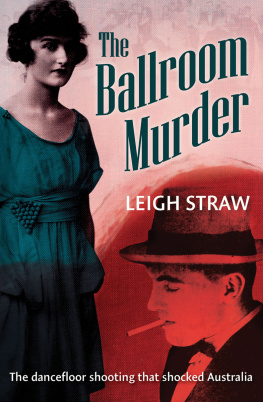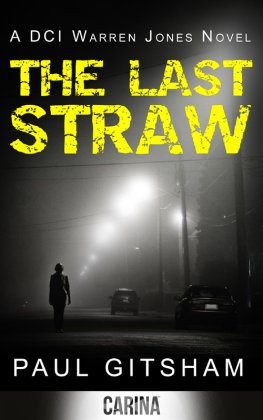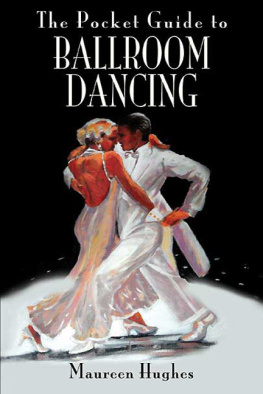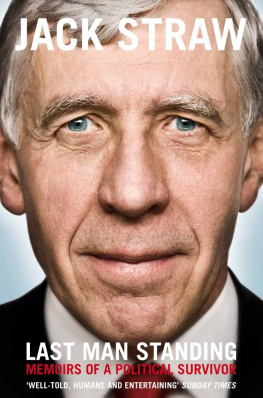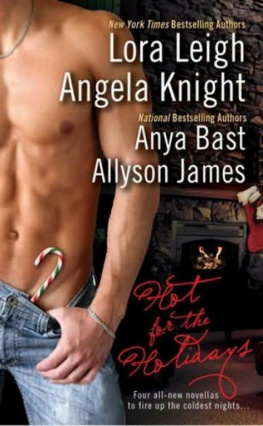Leigh Straw - The Ballroom Murder
Here you can read online Leigh Straw - The Ballroom Murder full text of the book (entire story) in english for free. Download pdf and epub, get meaning, cover and reviews about this ebook. year: 2022, publisher: Fremantle Press, genre: Non-fiction. Description of the work, (preface) as well as reviews are available. Best literature library LitArk.com created for fans of good reading and offers a wide selection of genres:
Romance novel
Science fiction
Adventure
Detective
Science
History
Home and family
Prose
Art
Politics
Computer
Non-fiction
Religion
Business
Children
Humor
Choose a favorite category and find really read worthwhile books. Enjoy immersion in the world of imagination, feel the emotions of the characters or learn something new for yourself, make an fascinating discovery.
- Book:The Ballroom Murder
- Author:
- Publisher:Fremantle Press
- Genre:
- Year:2022
- Rating:5 / 5
- Favourites:Add to favourites
- Your mark:
- 100
- 1
- 2
- 3
- 4
- 5
The Ballroom Murder: summary, description and annotation
We offer to read an annotation, description, summary or preface (depends on what the author of the book "The Ballroom Murder" wrote himself). If you haven't found the necessary information about the book — write in the comments, we will try to find it.
The Ballroom Murder — read online for free the complete book (whole text) full work
Below is the text of the book, divided by pages. System saving the place of the last page read, allows you to conveniently read the book "The Ballroom Murder" online for free, without having to search again every time where you left off. Put a bookmark, and you can go to the page where you finished reading at any time.
Font size:
Interval:
Bookmark:


Leigh Straw is an academic, historian and writer. She is the author of true crime biographies of Australian crime figures Kate Leigh and Dulcie Markham, and Australias first female detective, Lillian Armfield, as well as The Petticoat Parade: Madam Monnier and the Roe Street Brothels. Leigh was joint winner of the 2018 Margaret Medcalf Award for her book After the War: The Mental and Physical Scars of World War I. Leigh Straw is Deputy Head of the School of Arts and Sciences and Associate Professor in History at The University of Notre Dame Australia.
For Tony
You have given me a life lived with such great love and respect.
Thank you.
Also Caroline Ingram and Michael Adams
Thank you for your generous support with this project.
I am so very grateful.
They came from across the city, descending onto the grounds of Government House for the annual St John of God Hospital Ball on 26 August 1925. Some guests were in fancy dress, others in more formal attire. The day had hinted at the coming of spring with an eighteen-degree high but a coolness had descended on the evening. There was plenty of merriment as Sergeant William Brodie watched guests turning up from his vantage point at the bottom of the entrance to Government House. Brodie wasnt expecting anything out of the ordinary. Perth was more like a large country town, and the Government House job seemed pretty straightforward for a seasoned police officer like Brodie. There would probably be some drunken antics and maybe he would need to provide a gentle nudge later in the evening to guests who wanted an all-nighter. He had already alerted the younger officers to be on watch for this. All the same, he was not taking the evenings job lightly. Government House was the official residence of Western Australias governor and there were a number of officers from the surrounding police stations working the late shift to bolster police numbers at the ball. Sergeant Brodie had positioned police officers at entry and exit points around the building and inside near the ballroom to emphasise the police presence. Officers included Constable John Wood, who was outside the ballroom with a good view of exit points. Constable Alfred George Timms, from Highgate Hill Police Station, was keeping an eye out at the foot of the staircase at the back balcony.
As a city emerged around it, Government House still recalled its colonial past. It was a two-storey building that had been built in the middle of the nineteenth century in the Jacobean revival style. It had been renovated in the 1890s to include a ballroom and, since then, the mansion featured in major social events. The St John of God Ball was a favourite on the local calendar.
Guests arrived from the St Georges Terrace main entrance and followed the path bordered by expansive gardens which, to the right, led over to Stirling Gardens at the front of the Supreme Court building. Government House, with its red-orange brick, paler trim and distinctive turrets, was majestic, set against a developing modern city.
At half past eight, while guests came and went from the building, music floating out from open doors, Sergeant Brodie watched two young women arrive. Dressed in pantomime outfits, laughing and pulling each other along, they were obviously looking forward to an evening of fun. Brodie switched his attention back to canvassing the building once more.
In the coming hours and days ahead, Sergeant Brodie would wonder if there was anything he had missed about these two young women, and if there was anything he could have done to prevent the tragedy that would unfold in the early hours of the morning.
Twenty-year-old Audrey Jacob was dressed as the operatic male character Pierrot, matched to her friend Annie Humphries Pierrette outfit. In pantomime, theatre, opera and ballet, Pierrot is the nave, unhappy clownpining for the love of Clementinebut these two young women were merry and excited. They hurried inside the grand old building, passing by other guests walking down the hallway towards the ballroom. This was an expansive space, with an impressive arched ceiling and colonnaded balconies on two levels. The orchestra was already playing up one end, and Audrey and Annie began twirling each other in circles, caught up in their own world.
Audrey Jacob enjoyed the first hour of the ball, dancing and chatting with her friend, but her mood changed when she noticed a young man dancing nearby, and grabbed Annies arm.
Do you see him? Audrey asked, pointing over and across the dancefloor.
It was Audreys former fianc, Cyril Gidley. He looked carefree and cheery, dancing and relishing the company of a number of young women.
Just ignore him, Audrey, Annie told her friend, but Audrey had lost interest in dancing. Annie convinced her to get some supper and it was there that they met another male guest and chatted over some food. Audrey seemed happy once again as the songs continued and Annie headed back to the dancefloor with their supper guest. The thirteenth song of the evening began: Gladys Moncrieffs popular hit from the year before, Follow Yvette. Moncrieff was heralded as Australias Queen of Song and the mood on the dancefloor echoed this. But as Annie danced with her partner, Audrey left the dance area, solemn and withdrawn.
When the song ended, Annie went to find her friend. She hoped to see her in the hallway but grew increasingly worried when she didnt find her there. Nor was she in the cloakroom. Annie checked all the main areas but there was no sign of Audrey. Frantic now, she hurried back to the dancefloor but was pulled into a dance with another man. Circling around the ballroom, she looked for Audrey, hoping she was dancing with someone else.
Minutes later, Annie saw Audrey. She had discarded her fancy dress and was now wearing a stunning blue evening dress. Before they could talk, another man came along and whisked Annie away to dance. Distracted now by concerns for her friend and the timeit was one in the morningAnnie was anxious to leave. She lived a good thirty minutes away in Fremantle, unlike Audrey who had an apartment in the city. Annie caught sight of her friend again, this time up on one of the balconies. She was looking down over the ballroom. Looking for Cyril, thought Annie. She rushed up the staircase to Audrey.
I need to leave and get my things from your room, Annie told Audrey, hoping her friend might also want to leave the ball.
Audrey did not take her eyes off the dancefloor but told her friend where she would find the key to her room, back at Surrey Chambers. She then said she was going to talk to Cyril. Annie wondered if that was such a good idea but she doubted she could convince Audrey otherwise.
On her way out, Annie passed by the lounge and it was there that she saw Cyril with a female companion.
Miss Jacob would like to speak to you, she told him, pointing up to the balcony where Audrey was standing.
Cyril looked up, as did his dance partner.
Ill go and see her soon, he said.
From Government House, Annie walked the short distance to Surrey Chambers where Audrey had recently moved. This was a large building on the corner of St Georges Terrace and Howard Street, three blocks from Government House, and some of its rooms were let out to renters. Once in Audreys room, Annie changed out of her costume for the ride home on public transport. She was optimistic she could still make the last charabanc to Fremantle.
Next pageFont size:
Interval:
Bookmark:
Similar books «The Ballroom Murder»
Look at similar books to The Ballroom Murder. We have selected literature similar in name and meaning in the hope of providing readers with more options to find new, interesting, not yet read works.
Discussion, reviews of the book The Ballroom Murder and just readers' own opinions. Leave your comments, write what you think about the work, its meaning or the main characters. Specify what exactly you liked and what you didn't like, and why you think so.

